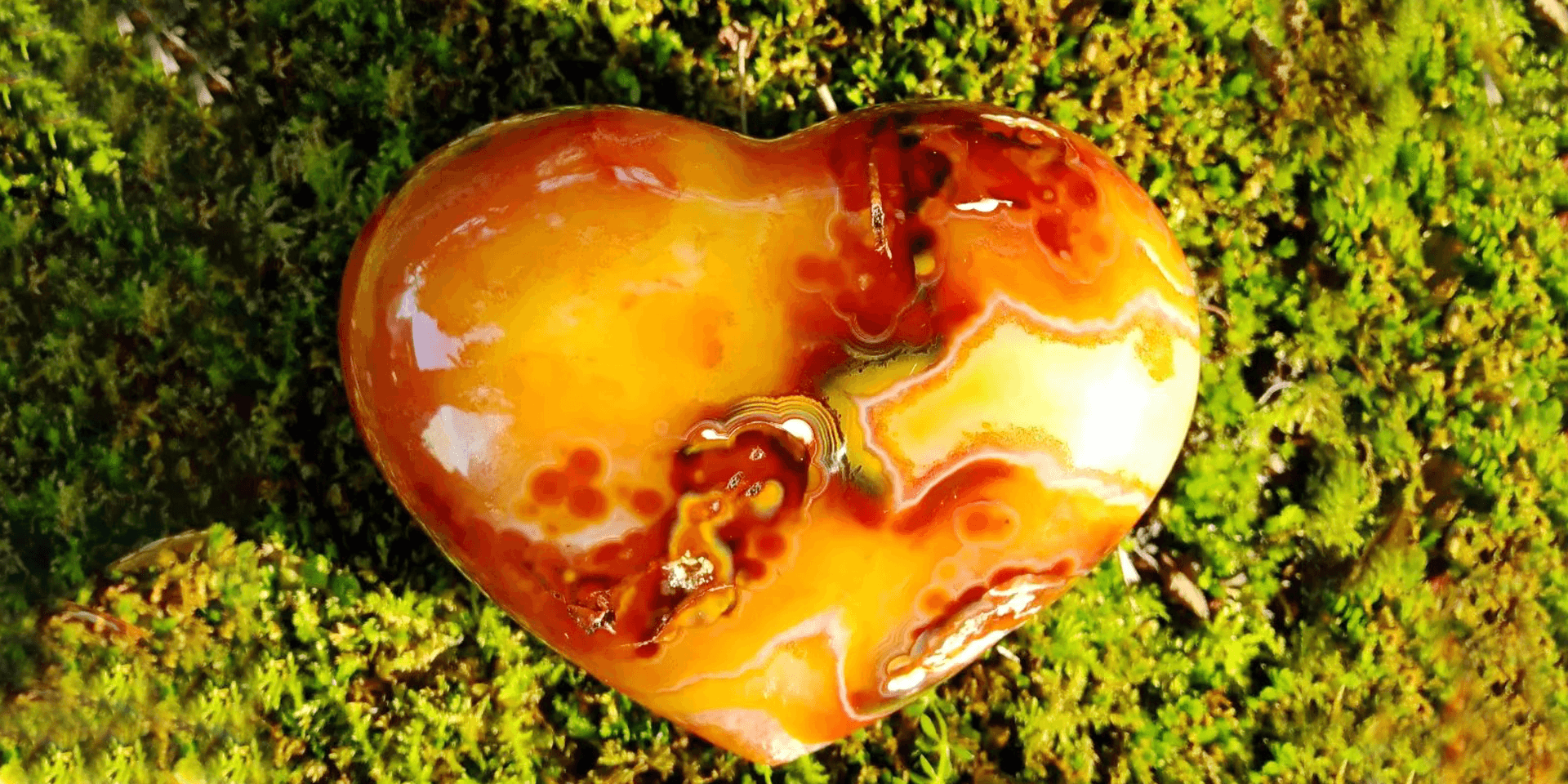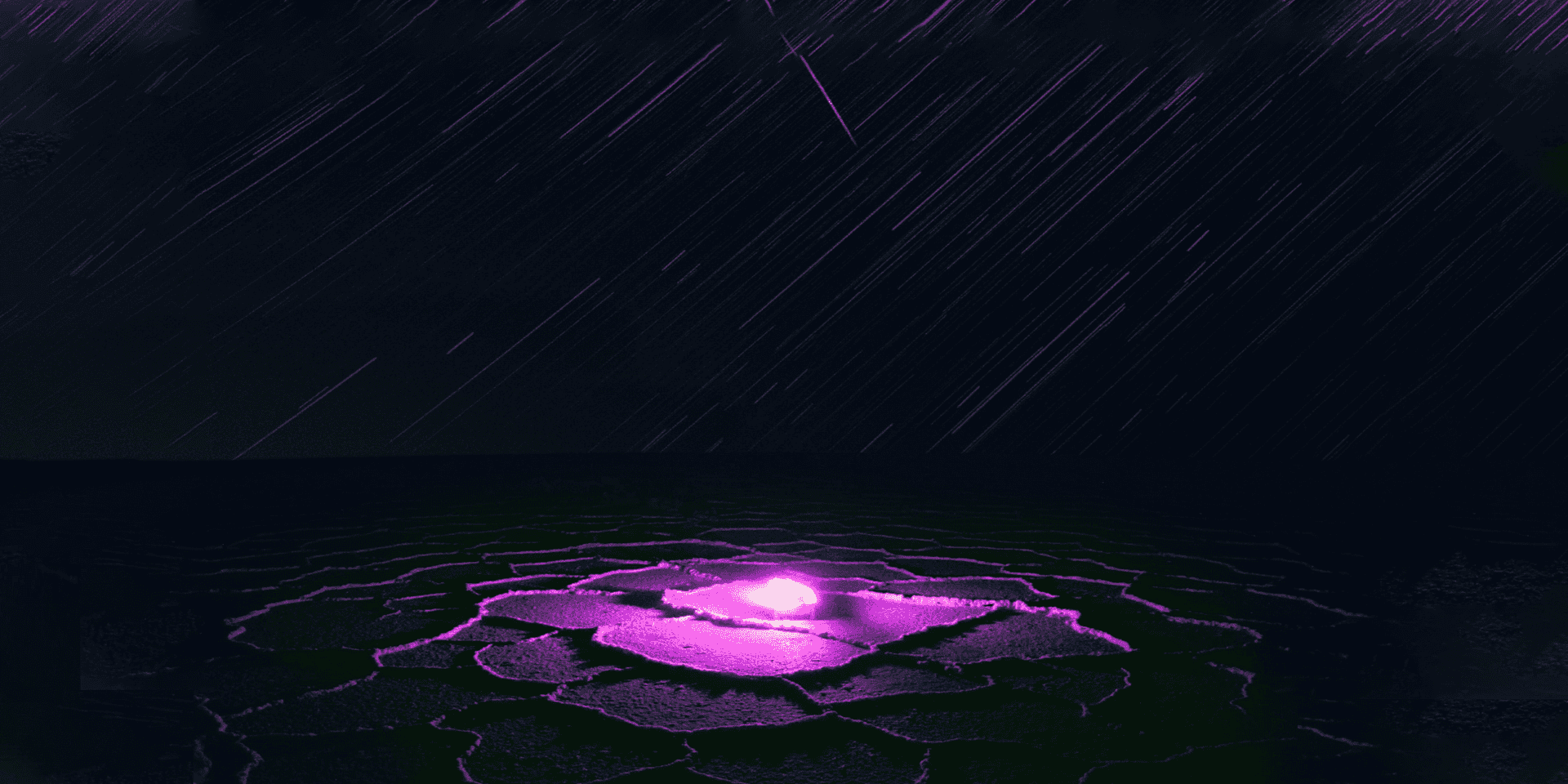Are Banded Carnelian and Apricot Agate The Same
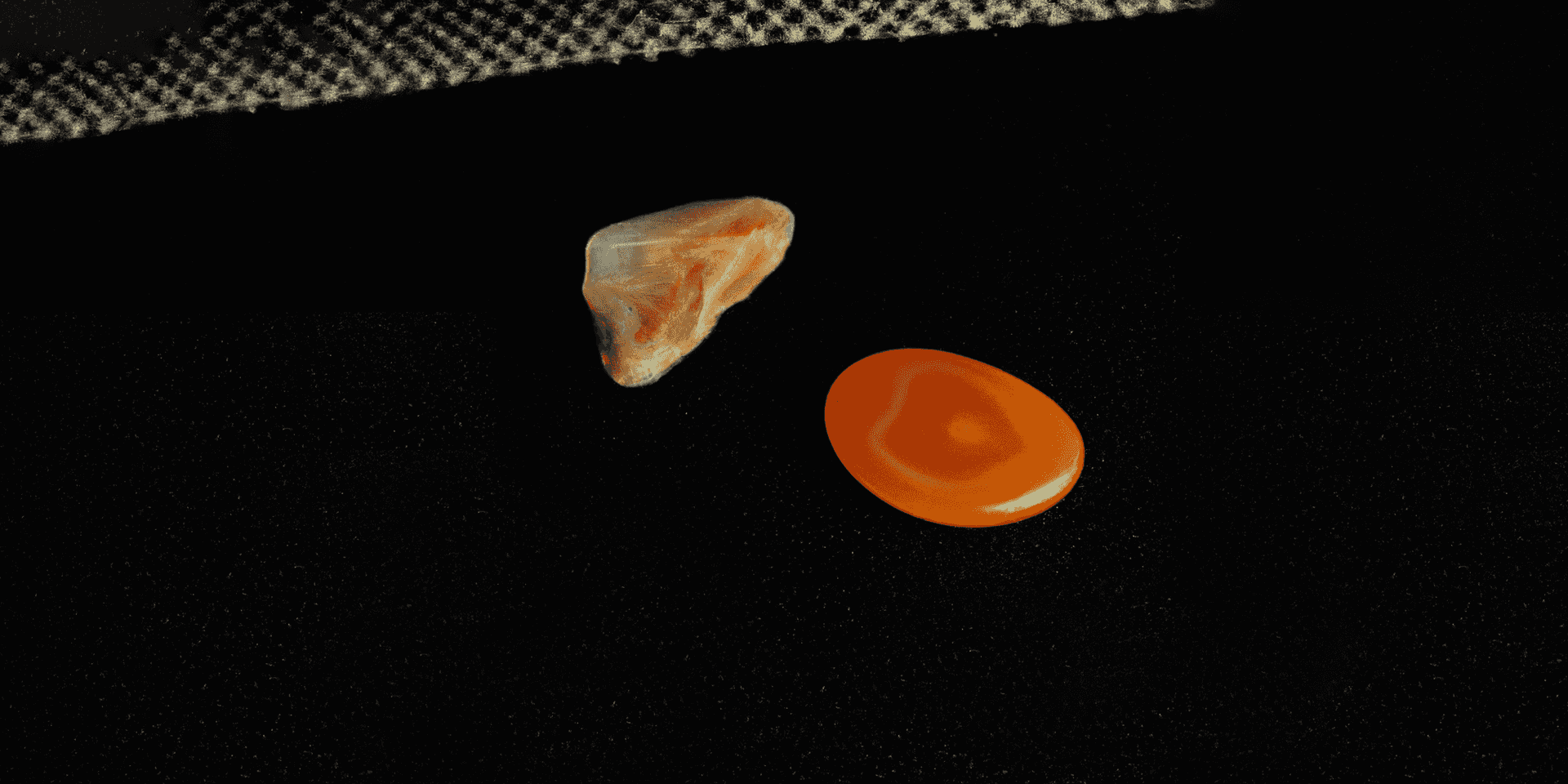
Sure, they are both gemstones from Brazil. And sure, they look similar... but are Agate and Carnelian actually the same thing? No. Carnelian and Agate are two different stones that are both in the quartz family. Carnelian is has a red appearance with few inversions. While Agate has color banding throughout the in the stone. Let's figure out how to tell them apart even further.
Is Carnelian An Agate?
Painting of Carnelian
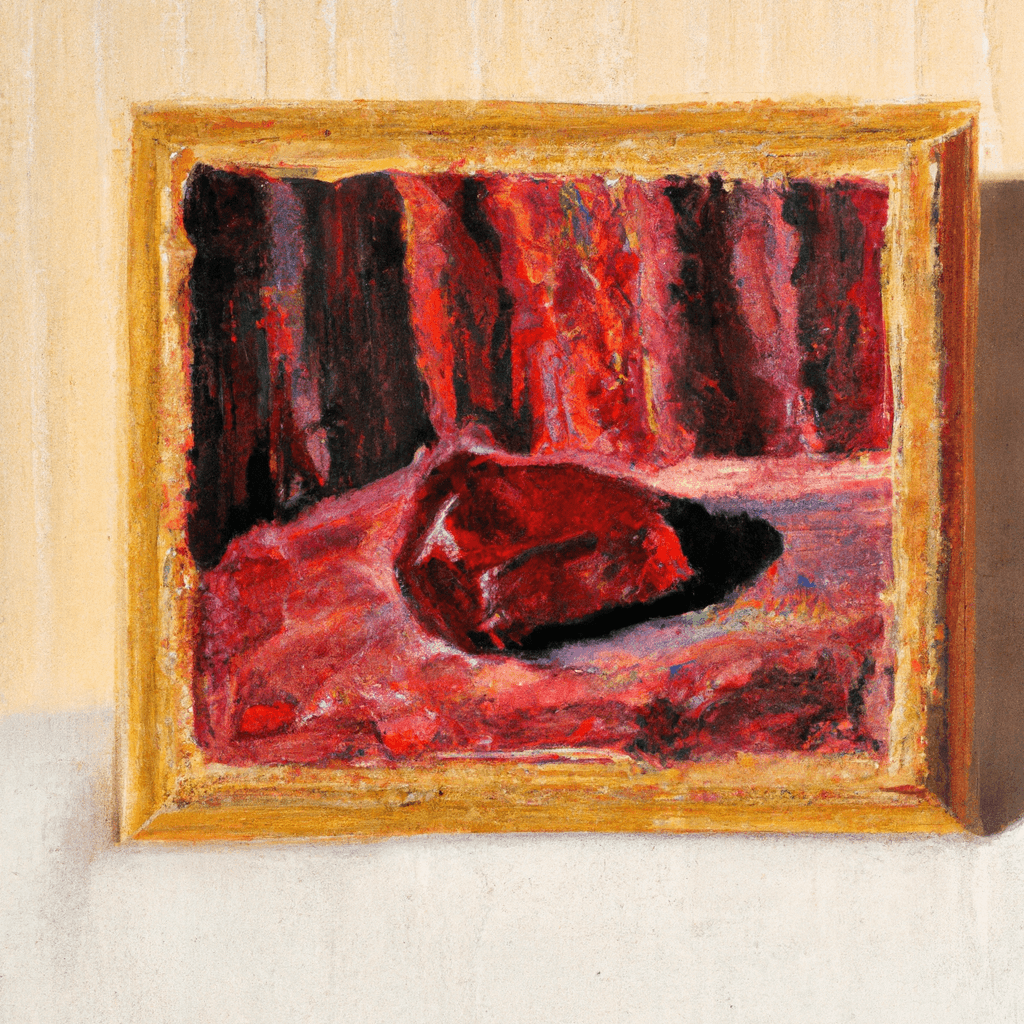
Carnelian is a chalcedony stone.
Chalcedony is one of the subcategories of the cryptocrystallines group of the most popular gemstones known as quartz.
You've probably seen this stone used to in jewelry because of it's pretty color.
Carnelian gets its English translation from the Latin words “flesh colored” because it looks similar to the color of human skin.
Gross? Yeah... a little bit.
Due to its lovely red color caused by the presence of small amounts of iron oxides, this stone is also known as Red Agate or Red Chalkedony.
What Is An Agate Stone?
Painting of Agate
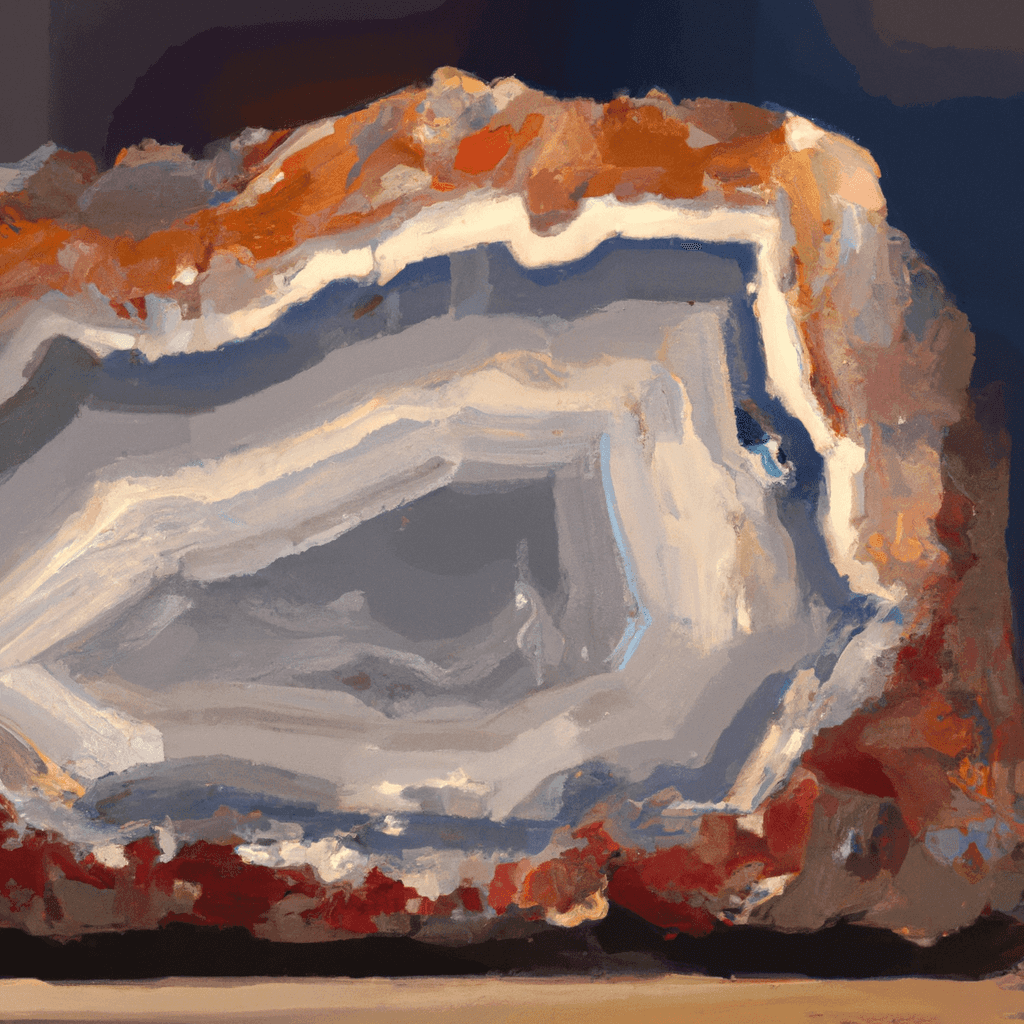
Aagate is a transparent microcrystaline quartz variety. It is often referred to as semi-precious because of its transparency and color.
Agrite is formed by the deposition (accumulation) of silica from water in volcanic rocks.
The agate includes various types of concentric layering around its walls or horizontal layering made from the agates' bottom.
Agate formations are often formed by the presence of minerals within certain types of rock. These mineral deposits form into various shapes and sizes, including geodes.
There are so many different types of stones out there! You might even be surprised at some of the colors you've never seen before. Carnelian is not a type of agate.
The short answer is yes.
There are many factors to take into account when deciding whether a Carnelian is actually an Agate.
It's usually a single color stone, but it can be banding (or paired) to which end it is known as both agate and carnelian.
Carnelian, which means red agate, is also known as Red Jasper.
It is the common name for the reddish-brown to darker brown color of cryptocrystalline quartz if the stone has not yet been dyed.
There is no internationally recognized protocol for identifying gems and near-gems by their content. Often they're identified by their physical properties, not their chemical composition.
Lapidary isn't always easy to understand for everyone, but keep in mind that one stone may look different from another depending on where they come from.
What Is Similar To Carnelian?
Another Painting of Carnelian
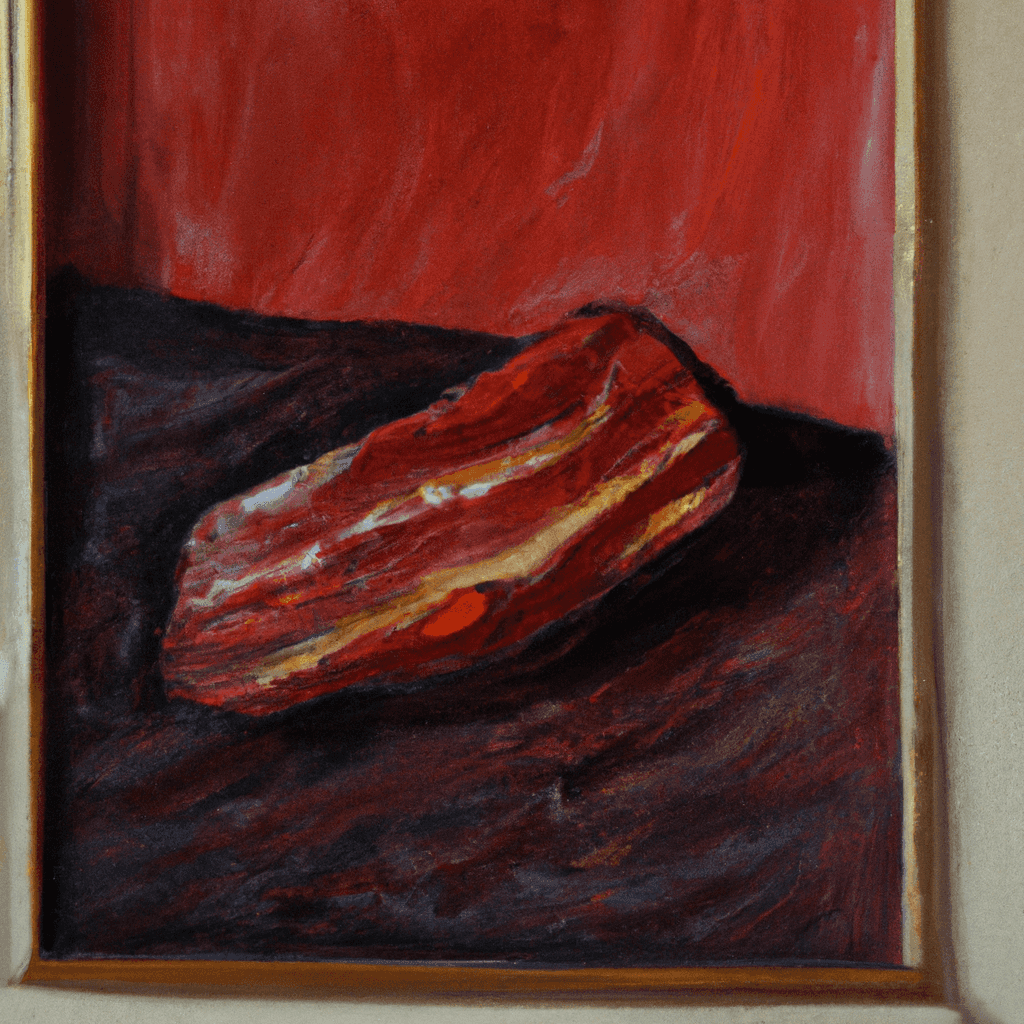
Even if a stone has different color combinations and patterns it might still be similar to Carnelian.
Maybe both are from the genus Chalcedony for example.
Agates can be "similiar" because they can actually be found INSIDE carnelian.
In general chalcedonies are usually either red or orange, but some are yellowish-orange and don't include bands.
If it has lines, whether they're red or not, it is usually considered an agate type stone.
How Can You Tell The Difference Between Carnelian And Agate?
Agate and Carnelian on a desk
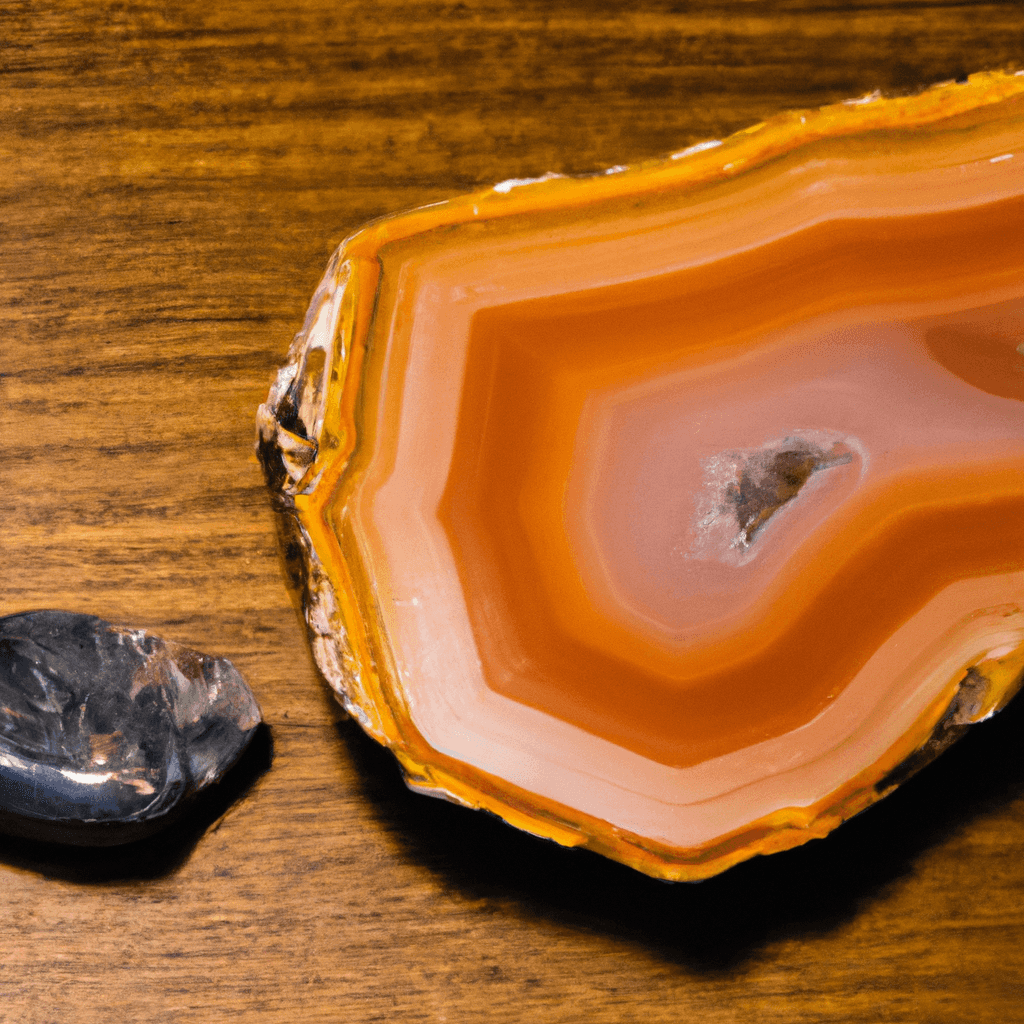
Yes, agate is a type of chalcedony which can be found in various types of jewellery.
The sequence of bands (or stripes) on agate is what gives it its uniqueness and difference from Carnelian.
It comes in any color imaginable — from red to yellow to green to blue to purple to brown to black — according to where it originated
Agates come in a wide variety of colors including mossy greens, fiery red, soothing lavenders, and so forth.
There are so many different kinds of gems!
On the other side of things, carnelian is yet another stunning member of the Chalcedony family.
However, Carnelians are usually red, orange, and occasionally yellow.
They're usually a solid color, though there are some banded varieties, called Carnelians.
Carnelian has long been considered a precious stone, but its significance and worth have dwindled significantly since then. There are two main types of agates: Carnelian and Sard.
These two terms (agate and carnelian) are used to refer to a wide range of similar stones, but there are some differences between them.
Carnelian has an overall lighter tone than Agate. It ranges from red-orange to yellow-golden hues, while Agate has deeper tones, ranging from dark reddish-purple to almost black.
Carnelian is softer than agate but harder than quartz.
Carnelian has a rough, conchoidal, splintery surface. Agate has a dull, jagged surface. These images may also be described as hackly.
There are several differences between the two types of rocks, but they're so minor that we can overlook them.
How To Identify an Agate In General
If you see a distinctive pattern of light and dark bands running through a piece of agate, then you might be able to identify its type by examining its color and shape. However, the weight and shape of a found stone can also help determine its type.
We've got a bit of a checklist to identify agate stones.
Look at the Shape of the Stone.
Look at the Color and Texture of the Stone.
Look at the Size of the Stone.
Look at the Surface of the Stone.
Look at the Edge of the Stone.
Polished agates are easier to identify than unpolished ones.
Check the stone for clarity.
If it’s broken, and you see signs of a quartz-looking stone in addition to the red or orange colors that many types of agates have, then you probably have an unpolished piece of agate.
Look for banding (or striations) on the stone.
Look for banded agates, which happen in most agate forms if the rough outer surface has been broken up or worn away.
Many collectors and gem designers are looking for ways to band their jewelry.
Measure the stone. Agates typically measure less than three inches across.
Heft the rock.
Most agates are heavy because they're made up of denser minerals than other types of rock. If you don't know which ones to look for, you might want to compare them to other stones in the area.
Look for a marked surface on the rock.
Agates can be seen in igneous rocks and may have been covered by softer stones that were later worn down by erosion.
Look for waxing in the uncovered stone.
Use your fingers to feel for any rough spots or breaks in the stone.
If your skin feels tight and greasy, it could be because you have an agate.
Look for abnormal (scalloped) cracks in the stone.
Fracture shapes vary from one another; some are straight, others are curved, and some even look somewhat like waves.
Agate conchoidal fractures are common.
Agate can be found in many locations.
Metaphysical Properties Of Carnelian And Agate
Carnelian and Agate on a desk
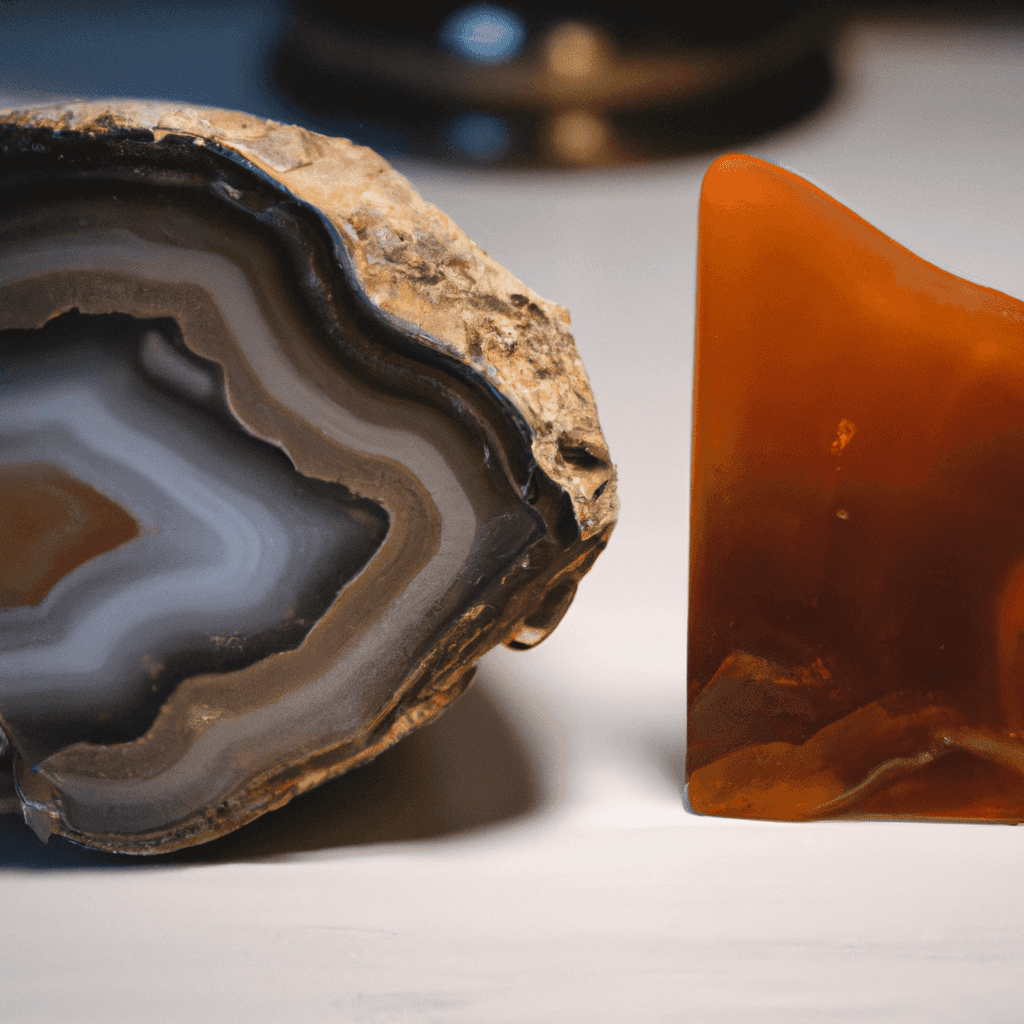
Our chakras are energy centers located at various parts of our bodies. Each one has its own function, which relates to certain emotions and feelings. The chakras are linked to specific organs and glands within the body.
Agate stones are associated with courage and strength. Its powers help you overcome obstacles in life and shield you from negative energy.
On the other hand, the carnelians are connected with the sacral chakra, which is located in the lower abdomen. It helps in vitality and energy. Carnelians help in increasing passions and drives.

